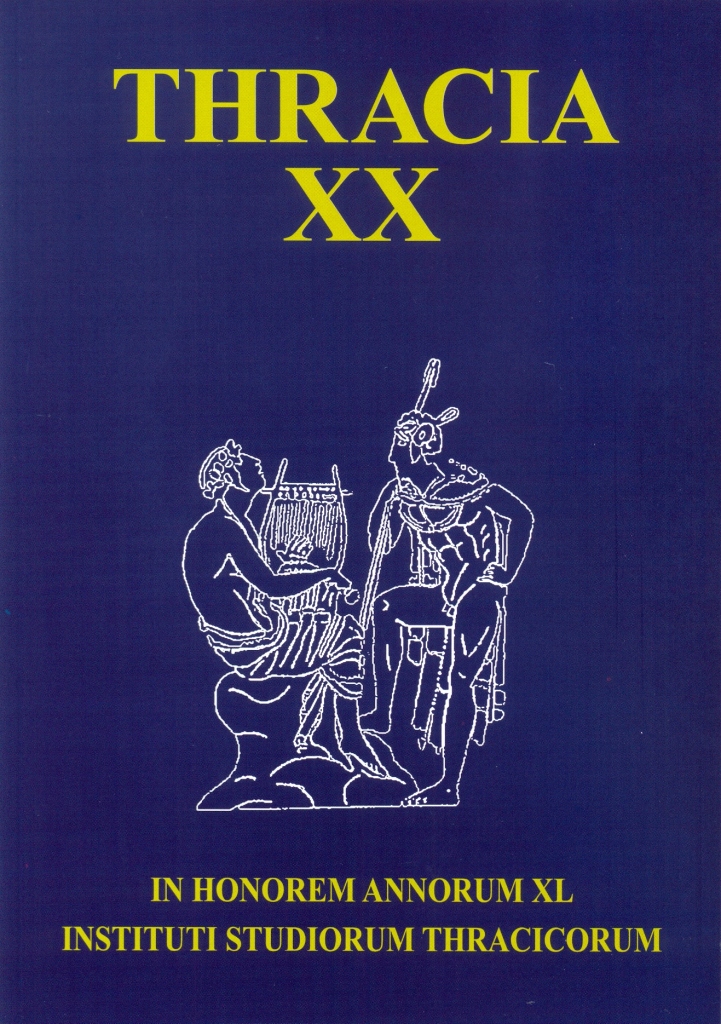Амулет с късно-вавилонска сцена от Крастава могила, село Драгоданово
An Amulet with a Late-Babylonian Scene from Krastava Tumuli, Dragodanovo Village
Author(s): Kabalan MoukarzelSubject(s): History, Archaeology, Cultural history, Local History / Microhistory, Ancient World
Published by: Институт за балканистика с Център по тракология - Българска академия на науките
Summary/Abstract: The present article analyzes an artifact found during the archaeological excavations conducted by TEMP in 2010 near the village of Dragodanovo. The artifact is an amulet of jasper, which image and form has analogies with monuments of the Mesopotamian glyptics. The amulets’ scene depicts six figures: bearded human figure, with crown (or tiara), whose right hand is lifted in supplicant gesture, altar, lozenge, dagger (or sword), crescent, and a star with eight beams. The amulet in its main scene and its particular elements is compared and analyzed with images on cylinder-seals, amulet-seals, and their impressions, known from the Mesopotamian glyptics during the Neo-Babylonian and Late-Babylonian periods, and preserved today in the collections of the British Museum and Le Louvre. The amulet itself is dated to the end of First and the beginning of Second century AD. on the base of its archaeological environment. But the scene, as motif, is dated early - in the Late-Achaemenidian and Seleucid period. The main motif in the amulet’s image is a “Babylonian cultic scene” – with human figure in profile before altar and divine emblems, with many parallels in similar monuments from Mesopotamia, dated during the Neo-Babylonian and Late-Babylonian periods. The amulet is not a part of well-attested tradition in the lands of the Ancient Trace. It is proposed, that the “cultic scene” of the amulet can be connected with the influences of the Eastern astral cults, during the Early Roman Empire.
Journal: Thracia
- Issue Year: 2012
- Issue No: 20
- Page Range: 197-213
- Page Count: 17
- Language: English, Bulgarian
- Content File-PDF

